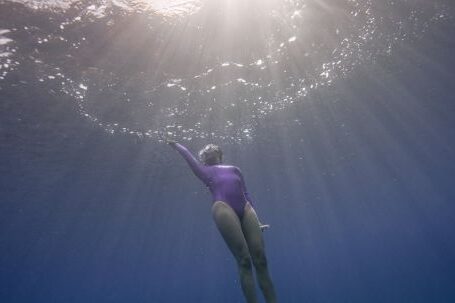Underwater cave exploration is a thrilling and challenging endeavor that attracts adventurers and diving enthusiasts alike. These hidden marvels offer a unique and awe-inspiring experience for those brave enough to venture into their depths. However, navigating through underwater caves requires advanced techniques and specialized training to ensure safety and success. In this article, we will explore some of these techniques and shed light on the fascinating world of underwater cave exploration.
Understanding the Environment
Before embarking on an underwater cave expedition, it is crucial to have a thorough understanding of the environment you will be exploring. Unlike open water dives, caves are enclosed spaces with limited visibility and potential hazards. Familiarize yourself with the specific cave system you will be exploring, studying its layout, entrance points, and potential challenges.
Proper Equipment
Having the right equipment is essential for any successful cave dive. In addition to standard scuba gear, specialized equipment such as reels, lines, and lights are necessary for underwater cave exploration. These tools help maintain orientation, mark routes, and illuminate the surroundings in the darkness of the cave. It is crucial to ensure that all equipment is in excellent working condition and that you are proficient in using it before entering an underwater cave.
Buoyancy Control
Maintaining proper buoyancy control is of utmost importance when diving in underwater caves. The delicate and fragile nature of cave formations means that any accidental contact can cause irreparable damage. Practicing buoyancy control techniques, such as finning techniques and precise breathing, will not only help preserve the cave environment but also aid in maneuvering through narrow passages.
Navigation Techniques
Navigating through underwater caves requires a combination of skill and technique. The use of reels and lines is crucial for maintaining a clear path and preventing disorientation. One popular technique is the “jump” technique, where divers attach a line to a permanent guideline and venture into a side passage. This technique allows for exploration while maintaining a clear path back to the mainline. It is essential to practice these navigation techniques in controlled environments before attempting them in actual cave dives.
Communication and Dive Planning
Effective communication and thorough dive planning are critical components of any successful underwater cave exploration. Before the dive, establish clear signals and communication protocols with your dive buddies. Plan the dive meticulously, including air supply calculations, turnaround points, and emergency procedures. Regularly communicate with your team during the dive to ensure everyone is safe and informed of the dive progression.
Emergency Preparedness
Despite thorough planning and preparation, unforeseen emergencies can still occur during underwater cave exploration. As a cave diver, it is essential to be trained in emergency procedures, such as gas-sharing techniques and managing entanglements. Additionally, carrying redundant equipment, such as backup lights and cutting devices, can prove invaluable in emergency situations. Stay calm, think clearly, and rely on your training to handle any unexpected circumstances.
Conclusion
Underwater cave exploration is a captivating and adventurous pursuit that requires advanced techniques and specialized training. Understanding the environment, having the right equipment, practicing buoyancy control, mastering navigation techniques, effective communication and dive planning, and emergency preparedness are all vital aspects of successful underwater cave exploration. By honing these skills and following proper safety protocols, you can embark on an unforgettable journey into the mesmerizing world of underwater caves.





